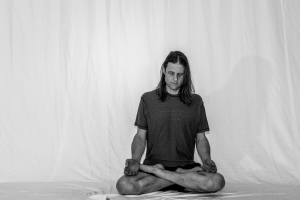Greetings Yogis,
| Greetings Yogis,What is your go-to yogic teaching “off the mat”? A few come to mind—patience, acceptance, or the simple act of giving of oneself. These sound beautiful in theory, yet they often stretch us the most when life presents real challenges. Yoga, at its heart, is not something we do but something we live into. |

The postures and breathing exercises are like a laboratory—controlled conditions in which we experiment, refine, and prepare ourselves. Daily life, however, is the true curriculum, complete with unexpected tests and assignments.
The postures and breathing exercises are like a laboratory—controlled conditions in which we experiment, refine, and prepare ourselves. Daily life, however, is the true curriculum, complete with unexpected tests and assignments.
Which teaching arises most naturally for you in the flow of life, and which ones feels like they asks more of you? Can you compress the responses down to two words? Then carry them with as a self-reflective talisman for a week.









